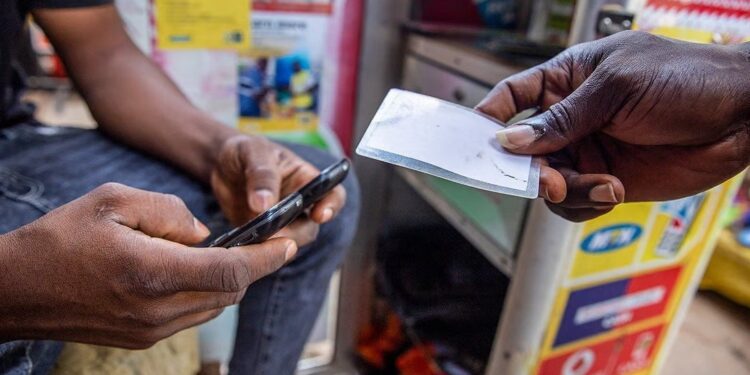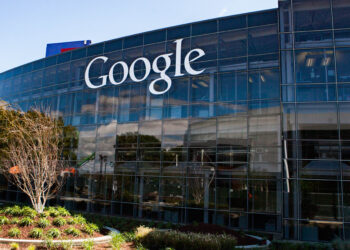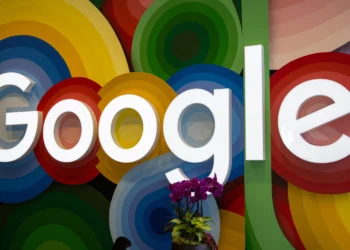The Federal Government of Nigeria collected ₦84.97 billion in the first half of 2025 from the Electronic Money Transfer Levy (EMTL). They expanded the levy in August 2024 to include fintech platforms, tapping into Nigeria’s booming digital economy.
What Is The EMT Levy ?
The EMT Levy charges a flat ₦50 on every electronic transfer or receipt that meets or exceeds ₦10,000. The Federal Inland Revenue Service (FIRS) administers the program, directing payments to revenue authorities daily. This charge applies to traditional banks and fintech platforms, like mobile wallets and USSD-based transfers, once the transfer meets the ₦10,000 threshold.
Fintech Inclusion Boosts Revenue
Nigeria’s government broadened the levy’s coverage to include fintech platforms in August 2024. Transaction values from fintechs skyrocketed making them a major revenue source. Authorities collected an additional ₦51.58 billion in H1 2025 compared to H1 2023 EMTL proceeds, pushing total to ₦149.56 billion.
State-Level Allocations Highlight Lagos
In June alone, Lagos State received 58.5% of the nationwide EMT levy collected, equivalent to ₦30.3 billion that month. That adds to a statewide collection of ₦183.7 billion in H1 2025 for EMTL alone, supplemented by ₦37,3 billion from stamp duties, totalling ₦221 billion.
Disbursement Across Government Tiers
The Federation Account Allocation Committee (FAAC) divides EMTL revenue using a fixed formula: 15% to the Federal government, 50% to states and 35% to local governments. In Q1 alone, the government remitted ₦80.69 billion in EMTL revenue: Federal Government got ₦12.1 billion, states received ₦37.3 billion and local councils received ₦31,3 billion.
Why The Levy Drives Non-Oil Revenue
EMTL ties directly to Nigeria’s shift away from oil dependence and towards digital financial flows. With digital transactions growing fast, especially via fintech platforms, the levy became a reliable revenue stream. Authorities raised ₦84.05 billion in Q1 of 2025 alone.
Impacts On Consumer and Fintechs
Each qualifying transaction attracts the ₦50 naira fee, affecting everyday Nigerians and businesses. Fintech platforms now handle compliance and remittance obligations. They face higher operational costs but also deliver transparency and convinience. Producers must optimize processes to keep transaction fees low while maintaining service quality.
Financing Local Development
Revenue flows through FAAC to all levels of government. With steady fund disbursement, states and local councils can finance social services, infrastructure and economic programs. For example, Lagos alone accrued ₦183.7 billion in H1, showing the role of digital finance in urban revenue strategies.
What Comes Next?
If EMTL remains steady, it could surpass ₦300 billion within the year. Sustained digital adoption, especially among fintech users, supports this outlook. Still, authorities must balance revenue goals with financial inclusion. Too steep a levy might drive users back to cash, undermining digital transformation efforts. Regulators may need to refine thresholds or introduce targeted exemptions.




